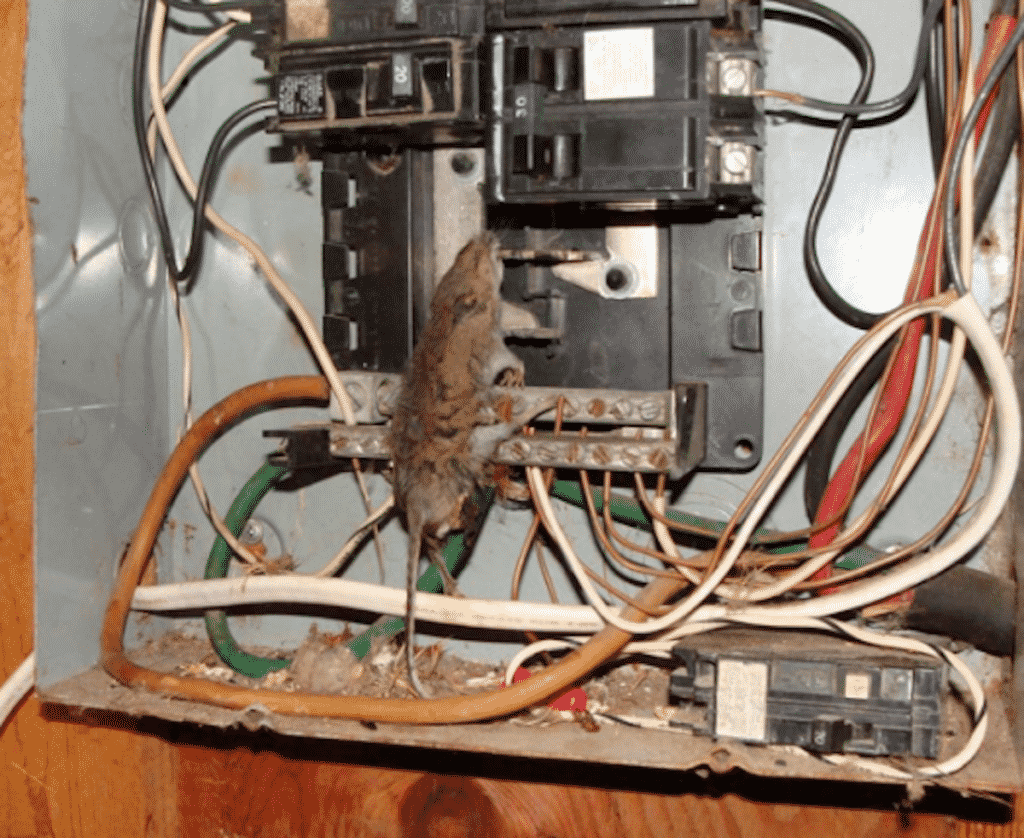Mice can easily get into houses and become a real issue for humans. From building homes, contaminating food, creating damage and spreading sickness, they pose a great threat. If you want them out of your sweet home, you need to be in their shoes – to understand what are they up to and what do they want. Catching and eliminating them is typically the best DIY strategy for controlling a mouse issue. Using rat poisons for mice can put kids and pets in danger. However, if you fail to dispose of mice in your home, then it can result in enormous mice population inside your house.
1. What are the signs that tell that you have mice?
The most evident sign to know whether you really have mice is to see live or dead mice in your home. However, there are a lot of different signs that can reveal to you the development of a mouse infestation. These signs include:
- Abandoned food scraps or wrappings, particularly in unusual spots like inside boots or shoes or toward the edges of storage rooms and cupboards.
- Gnawed openings in piled papers, stored food sources, insulation, etc.
- Tiny hair or mouse droppings along with stale or musty scents.
- Creation of tracks or runways where dirt and dust have been cleaned up, pee trails or recognizable grease imprints can be noticed under a black light.
- Formation of nests or piled materials for nesting.
- Scratching or skittering sounds coming from roof, walls or floor pits.
2. How can you confirm if it is a rodent or mouse?
Rodents and mice have some major key differences. Mice are a lot smaller than rodents. Grown-up mice are around 7 1/2 inches long along with the tail. The most widely recognized rodents stay on the rooftop or roads. They are around 14 – 16 inches long, with varying tail length differed by species.
3. How long do mice stay alive?
Home mice will hardly live over a year in the wild. However, in an ensured environment like a home which is filled with food and water, they can stay alive for up to three years.
4. What food do mice eat?
Mice like to eat oat grains and plants; however, they prefer to feed on nearly anything. They are regularly attracted to stored and dried food sources, which include pet food.
5. Are you noticing black rice-like items and shredded paper in your home?
If you happen to found shredded paper, you may have likely discovered a mouse nest at your home. A mouse will fabricate its home from finely shredded paper or any soft materials. Moreover, what do mouse droppings look like – the little dark “rice-like” things spread all over your home.
6. Where can you place mouse traps?
Mouse traps ought to be kept on the placed the indications of mice have been discovered such as mouse droppings, shredded cloth or paper, gnawed items and pee stains. You can easily avail traps and mouse-proof air vent covers of homes and supermarkets or garden stores too.
